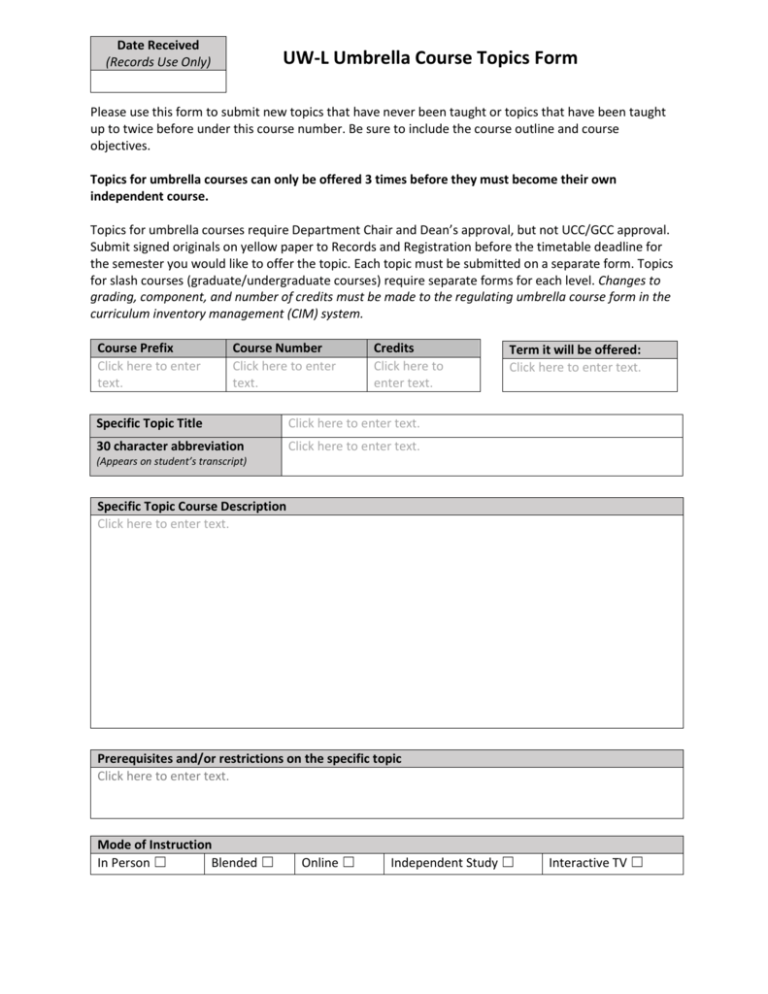
How an umbrella company works out your gross pay from the assignment rate You may also receive a ‘reconciliation statement’ from the umbrella company which shows you how your gross pay is worked out from the assignment rate. You have a right to a payslip that shows your pay. Understanding how your gross pay is calculated You must still pay tax on this additional payment and your payslip must show this and all the hours you’ve worked.
ABOUT US EXAMPLES UMBRELLAS FULL
Some umbrella companies may choose to pay the National Minimum Wage rate for all hours worked and then make up your full rate with an additional payment, like a bonus. The umbrella company is responsible for paying you as your employer. This should be the assignment rate multiplied by the time you have worked. The recruitment agency then pays the umbrella company the agreed rate. When you send your timesheet to the recruitment agency, it charges the client. Your holiday pay will be deducted from the assignment rate for your job and then paid back to you when you take holiday and claim paid leave. You have the right to be paid at least the National Minimum Wage or National Living Wage, on time and in full at the agreed intervals as set out in the key information document. A guide on Employment contracts on explains how they work and what must be written in them. You have a right to a written employment contract.

If the client decides that off-payroll working rules would apply to the role, the job advert may describe it as being ‘inside IR35’. This means the client (or recruitment agency) may ask you to be employed through an umbrella company. The online check employment status for tax tool can help them assess this. These rules apply where workers contract though their own limited company.

Some clients may assess whether the off-payroll working rules apply to the role. You may not get paid this rate, because it usually includes the umbrella company’s operating costs. The agency finds a suitable candidate from its contacts or advertises the role, stating the pay rate (weekly, daily, or hourly). The recruitment agency searches for workers It sets up a contract with a recruitment agency to find and engage temporary workers. The client is the business that needs temporary workers. The supply chain often works in the following way. you (the worker) - who contacts the agency about temporary workĮach plays a role in the supply chain and has a contract for the temporary work but with different responsibilities.an umbrella company - your employer for temporary work from that recruitment agency.a recruitment agency - that finds temporary workers for a client.


This work is often on a short-term basis. It does not find temporary work for you, this is done by the recruitment agency (also known as an ‘employment business’).Īlthough the umbrella company is your employer and will pay you, the work you carry out will be for one of the recruitment agency’s clients. In most cases, the umbrella company employs you and pays your wages through PAYE. An umbrella company is a business often used by recruitment agencies to pay temporary workers.


 0 kommentar(er)
0 kommentar(er)
